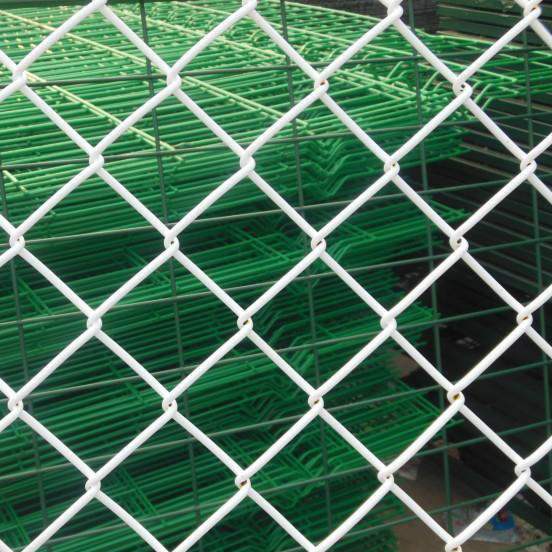Nov . 24, 2024 12:04 Back to list
Exploring the Benefits and Applications of Concrete Block Mesh in Construction
Understanding Concrete Block Mesh A Comprehensive Overview
Concrete block mesh, often referred to simply as mesh, is a vital component in modern construction and civil engineering. It plays a significant role in enhancing the strength, stability, and durability of concrete structures. This article delves into the various aspects of concrete block mesh, including its types, applications, advantages, and installation processes.
What is Concrete Block Mesh?
Concrete block mesh is a network of metal wires, typically made of steel, that is used to reinforce concrete blocks. It is designed to provide structural support and improve the integrity of concrete structures. The mesh can come in various forms, including welded-wire mesh, bar mesh, and expanded metal mesh, each offering unique benefits depending on the specific application.
Types of Concrete Block Mesh
1. Welded Wire Mesh This type of mesh comprises intersecting steel wires that are welded together at the joints. It is commonly used for slab reinforcement, walls, and pavements. The welded structure provides uniform support and helps to distribute loads evenly throughout the concrete.
2. Reinforcing Bar Mesh (Rebar) Although not a mesh in the traditional sense, rebar is often used in conjunction with concrete block mesh. Steel rods are placed in a grid-like pattern within the concrete to provide additional tensile strength, especially in areas subjected to high stress.
3. Expanded Metal Mesh Made from a sheet of metal that has been cut and stretched, expanded metal mesh offers a lighter and more flexible option. It is often used for forms and decorative applications that require an aesthetic appeal, as well as functional reinforcement.
Applications of Concrete Block Mesh
Concrete block mesh has a wide array of applications across various sectors of construction and engineering
- House Foundations In residential construction, mesh is essential for providing the required tensile strength in foundation walls and slabs. - Retaining Walls Concrete block mesh helps stabilize retaining walls, which are crucial for holding back soil and preventing erosion.
- Pavements and Driveways The increased durability and fracture resistance offered by mesh make it an ideal choice for pavements, driveways, and other surface applications.
- Industrial Structures Heavy-duty concrete block mesh is utilized in warehouses, factories, and storage facilities to support large structures and withstand heavy loads.
Advantages of Using Concrete Block Mesh
concrete block mesh

The incorporation of concrete block mesh into construction projects offers numerous benefits
- Enhanced Strength Mesh significantly increases the tensile strength of concrete, making it less susceptible to cracking and structural failure.
- Load Distribution The grid design of mesh helps distribute loads evenly across the surface, reducing the risk of localized stress that can lead to failure.
- Durability Reinforced concrete is more resistant to environmental factors, including moisture infiltration, which can cause corrosion and deterioration over time.
- Cost-effective While the initial investment in concrete block mesh may increase project costs, the long-term savings from reduced maintenance and repair need make it an economically sound choice.
Installation Process
Installing concrete block mesh requires careful planning and execution
1. Site Preparation The area should be cleared and graded to ensure proper drainage and foundation stability.
2. Size and Layout Determination Based on the project specifications, the appropriate size and spacing of the mesh must be determined.
3. Laying the Mesh The mesh is laid out on the prepared surface, ensuring it is properly positioned to provide maximum reinforcement.
4. Concrete Pouring Once the mesh is in place, concrete is poured over it, ensuring that the mesh is embedded within the concrete to maximize its reinforcing properties.
5. Finishing After the concrete has been poured and smoothed, it is crucial to allow adequate curing time to achieve optimal strength and durability.
Conclusion
Concrete block mesh is an integral component of modern construction practices. By reinforcing concrete structures, it enhances their strength and longevity, thereby contributing to the overall safety and reliability of buildings and infrastructure. As construction technology continues to evolve, the use of concrete block mesh will undoubtedly adapt, ensuring it remains a cornerstone of effective structural engineering. Understanding its applications, advantages, and installation processes can significantly benefit anyone involved in construction, from engineers to contractors.
-
High-Quality Steel Grating Solutions for Industrial Applications | Durable, Safety, Customization
NewsJul.13,2025
-
Advanced Solutions-CompanyX|Enterprise Efficiency&Cost Reduction
NewsJul.13,2025
-
Sustainable Manufacturing-EcoTech Innovations|Waste-to-Energy System&Zero Emissions
NewsJul.13,2025
-
Welded Wire Mesh- Buildings Wiremesh Co., Ltd.|Durable Construction Material&Industrial Strength Solution
NewsJul.13,2025
-
Smart Production Solutions-Example Corp|AI Automation&IoT Monitoring
NewsJul.13,2025
-
Advanced Industrial Solutions-Advanced Industrial Solutions|Manufacturing Efficiency&Productivity
NewsJul.13,2025

